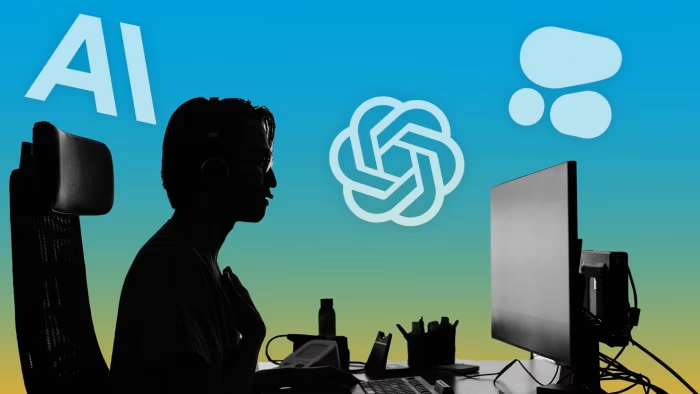Stay informed with free updates
Simply sign up to the Artificial intelligence myFT Digest — delivered directly to your inbox.
Artificial intelligence groups are on a hiring spree for a rare kind of software developer who can code and talk to customers, as they race to increase adoption of their cutting-edge technology.
Anthropic, OpenAI and Cohere are recruiting for so-called forward-deployed engineers, a new job for generative AI companies, as part of a push to generate more revenues by installing specialists within businesses to help them customise their AI models.
OpenAI set up an FDE team at the start of this year and expects to grow it to about 50 engineers in 2025, Arnaud Fournier, who heads up the company’s FDEs in Europe and the Middle East, told the Financial Times. Anthropic said it would grow its applied AI team, which includes FDEs and product engineers, fivefold this year to meet customer demand.
Job advertisements for these type of customer-facing AI roles have rocketed in 2025, according to data from jobs platform Indeed. Monthly job listings for FDEs increased more than 800 per cent between January and September this year.
The move comes as businesses across industries from manufacturing to healthcare are increasingly keen to adopt AI tools, but are often unsure how to use the technology and generate a return on investment.
“A Fortune 500 bank has completely different needs than a start-up building an AI-native product,” said Cat de Jong, head of applied AI at Anthropic.
Nic Prettejohn, head of AI in the UK at Palantir, the data intelligence group, called the approach “product discovery from the inside”.
“You want to build something that when you present to the customer, they say, ‘that’s a game-changer’,” he added.
Palantir said it pioneered the job almost two decades ago, with FDE’s now representing about half of its workforce. The concept stems from the military, where soldiers were forward deployed into foreign countries. Palantir has sent its FDEs to Afghan and Iraqi military bases, factory floors in the US midwest, as well as oil refineries.
The company often sends customers a pair of employees, dubbed internally as “Echo” and “Delta”. The former is charged with deducing what the customer needs, while the latter has the technical skills to create it.
Prettejohn said: “[Forward-deployed engineers] know that the only valuable software is not how exquisite its code is or how beautiful the language . . . It’s only valuable if it means something for the end customer.”
AI start-ups are hoping to emulate Palantir’s use of the role. Cohere’s co-founder and chief executive Aidan Gomez said deploying engineers at the beginning of the customer’s contract helps build long, durable relationships.
“We embed engineers at the start of work to ensure customers get exactly what they need and scale back once companies are up and running,” Gomez said.
While FDEs represent a relatively small number of AI groups’ workforce, OpenAI said demand for these roles has exceeded its expectations.
The group used this approach to customise its technology for John Deere, an agricultural machinery manufacturer, to help create more precise farming tools. This resulted in farmers reducing chemical spraying by 60 per cent to 70 per cent.
OpenAI’s Fournier said: “We learn what customers in different industries really need, we experiment and innovate together, and then those insights help advance OpenAI’s research and product offerings based on what works in the real world.”
